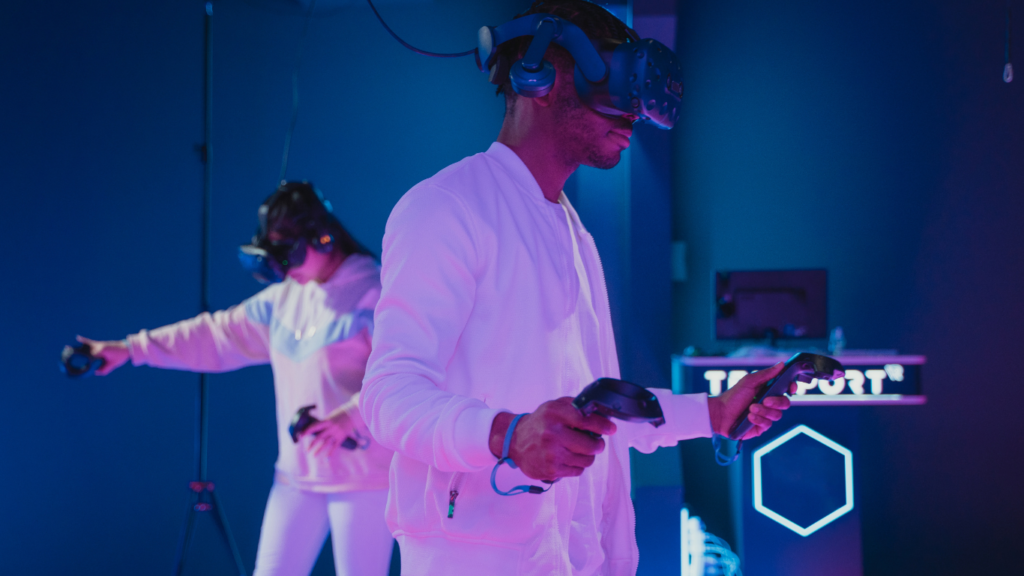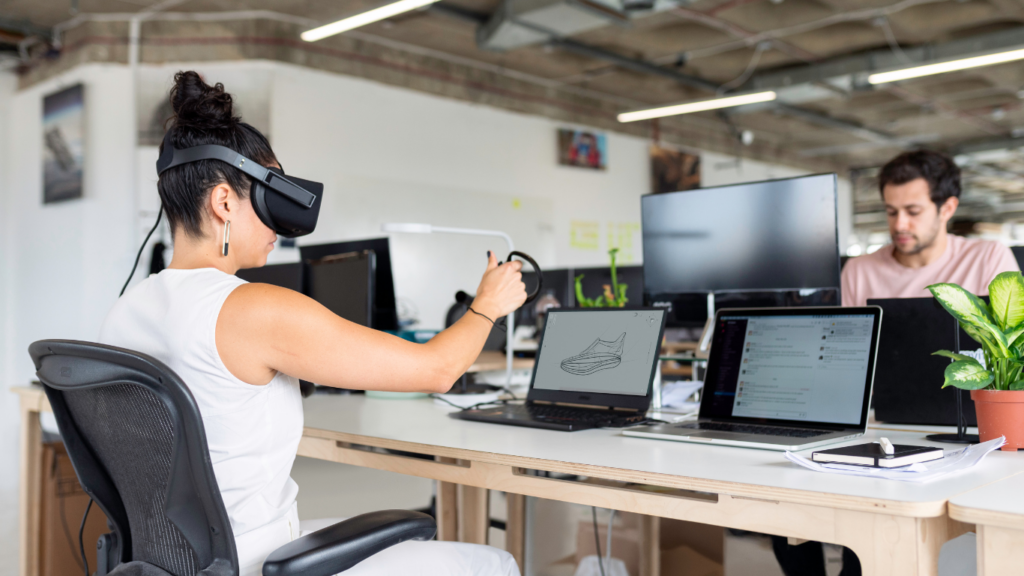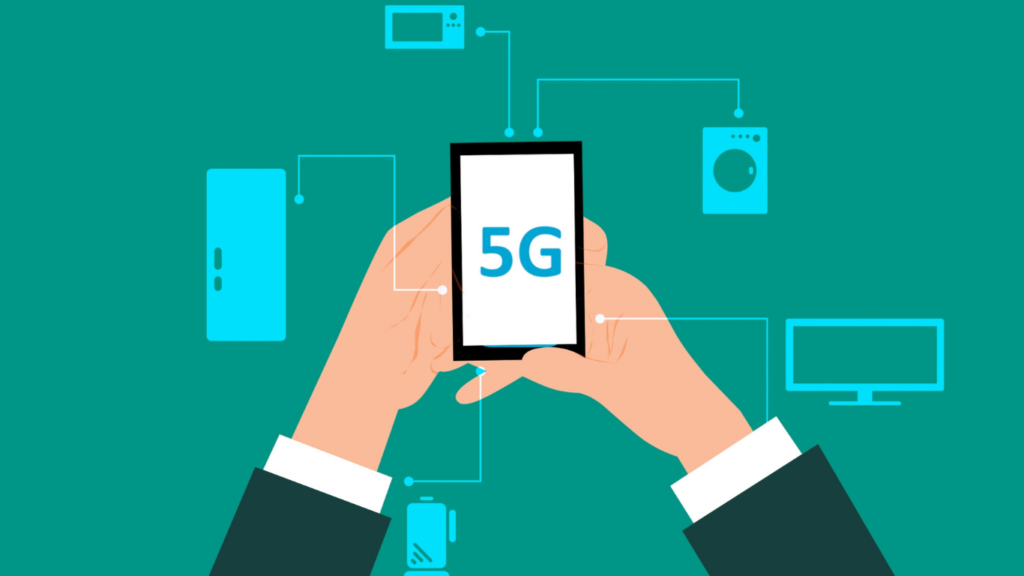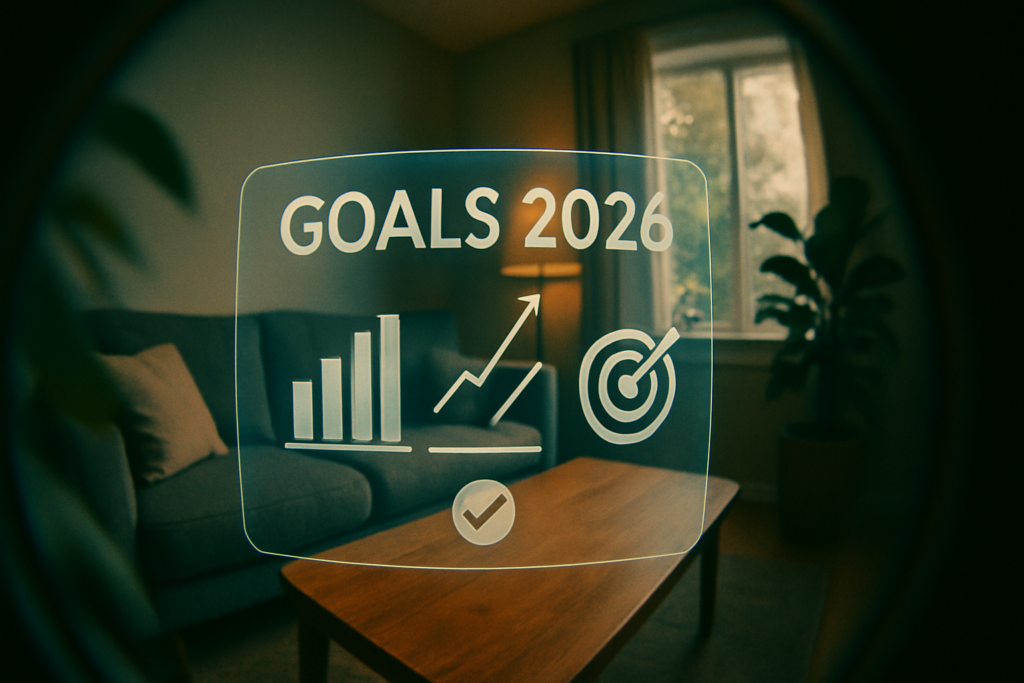Immersive technologies like Virtual Reality (VR) and Augmented Reality (AR) have been revolutionizing how we interact with the digital world. As an avid tech enthusiast, I’ve witnessed the gradual convergence of these two realms into what is now known as Mixed Reality.
The fusion of VR and AR technologies is reshaping the way we perceive and engage with our environment, offering a seamless blend of virtual and real-world elements. In this article, I’ll delve into the exciting realm of Mixed Reality and explore how this cutting-edge technology is poised to transform various industries, from gaming and entertainment to education and healthcare.
Join me on this journey as we uncover the endless possibilities that arise from the merging of VR and AR, and how it’s paving the way for a new era of immersive experiences.
Overview of Mixed Reality
Mixed Reality is an innovative technology that integrates the virtual world with the real environment, providing users with a unique blend of digital and physical experiences. It combines the best elements of Virtual Reality (VR) and Augmented Reality (AR) to create a more interactive and immersive environment.
In Mixed Reality, users can interact with virtual objects that are seamlessly integrated into their real surroundings, enhancing their perception of the world around them. This technology opens up new possibilities for various industries including:
- Gaming,
- Entertainment
- Education
- Healthcare
By merging VR and AR technologies, Mixed Reality offers a dynamic and engaging way for users to interact with digital content while remaining connected to the physical world. Its applications are diverse and continue to evolve, shaping the future of immersive experiences across different sectors.
Evolution of VR and AR Technologies
The evolution of Virtual Reality (VR) and Augmented Reality (AR) technologies has paved the way for the emergence of Mixed Reality, combining the best of both worlds. Let’s explore the advancements in VR and AR technologies that have led to this exciting fusion.
VR Technology Advancements
I’ll delve into the significant advancements in VR technologies that have laid the groundwork for Mixed Reality’s development. VR has progressed rapidly, offering more immersive experiences through advancements in display resolution, field of view, and motion tracking technology.
Headsets have become lighter, more comfortable, and increasingly affordable, making VR more accessible to a broader audience.
AR Technology Advancements
In discussing AR technology advancements, it’s essential to highlight the progress in overlaying digital information onto the real world seamlessly. AR applications have evolved to provide real-time information, interactive experiences, and enhanced visualizations.
Advancements in AR glasses and mobile devices have improved user experiences, enabling the seamless integration of virtual elements into the physical environment.
Understanding Mixed Reality
Exploring the realm of immersive technologies, I delve into the fusion of Virtual Reality (VR) and Augmented Reality (AR) to form Mixed Reality. Mixed Reality seamlessly integrates virtual and real-world elements, elevating user experiences across gaming, entertainment, education, and healthcare by blending virtual objects into the physical environment.
The progression of VR technologies has resulted in heightened user immersion through enhanced display resolution, broader field of view, and precise motion tracking.
On the other hand, AR technologies have evolved to overlay digital information seamlessly onto the real world, offering real-time data, interactive encounters, and enriched visualizations. The evolution of VR and AR has paved the way for Mixed Reality, harmonizing the unique capabilities of both technologies to revolutionize immersive experiences across various industries.
Applications of Mixed Reality
Exploring the diverse applications of Mixed Reality (MR) unveils a myriad of possibilities across various sectors. From revolutionizing training methods to enhancing customer experiences, MR technology is reshaping industries in innovative ways. Let’s delve into some key applications of Mixed Reality:
- Training and Simulation: Enhancing training programs with MR simulations allows me to learn in realistic, immersive environments. For instance, in healthcare, MR enables medical students like me to practice surgical procedures in a safe, virtual setting before operating on real patients.
- Product Design and Prototyping: Utilizing MR in product design lets me visualize concepts in a 3D space, making it easier to iterate and refine designs. As a designer, I can interact with virtual prototypes, test functionalities, and make real-time adjustments, streamlining the design process.
- Remote Assistance: MR facilitates remote collaboration by overlaying digital information onto the physical world. When faced with technical issues, technicians can guide me through complex repairs or troubleshooting steps in real-time using MR applications. This enhances efficiency and reduces downtime.
- Retail and Marketing: In the retail sector, MR transforms the shopping experience by allowing me to visualize products in my space before making a purchase. Through augmented try-on experiences, I can see how clothes or accessories look on me without physically trying them on, enhancing the online shopping experience.
- Urban Planning and Architecture: MR revolutionizes urban planning by enabling me to visualize architectural designs overlaid on existing environments. As an urban planner, I can assess the impact of proposed buildings or infrastructure projects in real-time, improving decision-making and community engagement.
- Education and Training: MR is reshaping the way I learn by providing interactive and engaging educational experiences. Students like me can explore historical events in immersive scenarios, conduct virtual science experiments, or interact with complex concepts visually, making learning more dynamic and enjoyable.
These applications of Mixed Reality demonstrate its versatility and potential to transform industries, offer unique experiences, and drive innovation across various sectors. As MR technology continues to evolve, its impact on enhancing user engagement and redefining the way we interact with the digital world is set to grow exponentially.
Challenges and Opportunities in Mixed Reality Development
Exploring the realm of Mixed Reality (MR) development presents both challenges and opportunities that shape the future of immersive technologies. In this dynamic landscape, developers face hurdles alongside exciting prospects that propel the evolution of MR experiences across industries.
Challenges:
- Hardware Limitations: Developing MR applications demands hardware capable of blending virtual and real environments seamlessly. Achieving high levels of immersion requires sophisticated devices with precise tracking and rendering capabilities.
- Interaction Design Complexity: Designing intuitive user interactions in MR applications poses a significant challenge. Developers must optimize user experiences to ensure smooth transitions between virtual and real-world elements.
- Content Creation and Integration: Creating engaging and realistic content for MR environments is a complex task. Integrating virtual objects seamlessly into the physical world while maintaining performance can be challenging.
- Cross-Platform Compatibility: Ensuring compatibility across various devices and platforms adds complexity to MR development. Developers must harmonize experiences across a range of hardware configurations to reach a wider audience.
- Innovative Experiences: The fusion of VR and AR technologies in MR opens doors to unparalleled immersive experiences. Developers can create innovative applications that blend digital and physical worlds to deliver unique user interactions.
- Industry Disruption: MR technology has the potential to disrupt traditional industries by offering novel solutions to age-old challenges. From training simulations to remote assistance, MR applications revolutionize processes across sectors.
- Enhanced Collaboration: MR facilitates collaborative work environments by enabling real-time interactions in virtual spaces. Teams can collaborate on projects regardless of physical location, fostering creativity and productivity.
- Personalized Consumer Engagement: Leveraging MR technology enables personalized consumer experiences, such as virtual try-on features in retail or interactive product demonstrations. Brands can engage customers in new and immersive ways.
In navigating the challenges and embracing the opportunities presented by Mixed Reality development, creators are at the forefront of reshaping how we interact with technology and the world around us. The evolving landscape of MR heralds a future where virtual and real boundaries blur, offering limitless possibilities for innovation and transformation.




